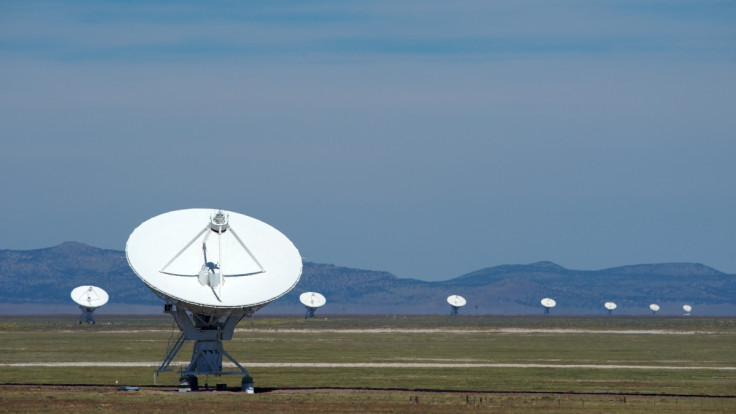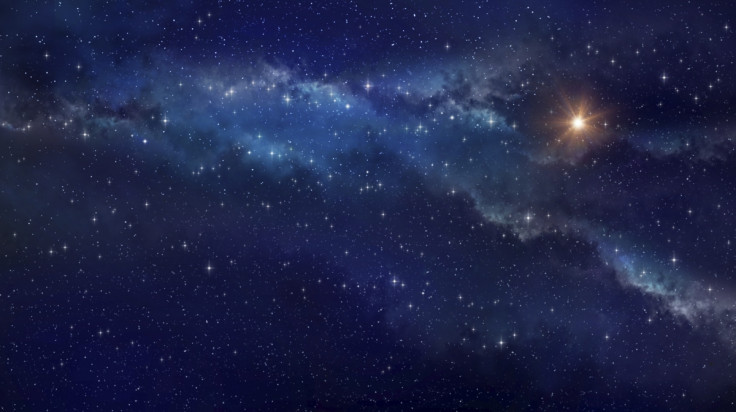FRBs: Mystery space signal location discovery dismissed as 'mundane' supermassive black hole

The supposed discovery of the precise position of a fast radio burst (FRB) captured in near real-time has been called into question, with scientists saying it was never an FRB in the first place. Instead, researchers from Harvard say what was observed came from an active galactic nucleus powered by a supermassive black hole.
FRBs, first discovered in 2007, are mysterious bursts that emanate from deep space and last for just a few milliseconds. Their source, however, remains unknown. Most FRBs found so far have been identified in data, long after the event itself has passed. This has meant scientists have been unable to trace it back to a location or event, and that follow-up observations are impossible.
In February, a study published in Nature claimed to have recorded an FRB – dubbed FRB 150418 – just a few seconds after it hit the telescope. This allowed the team to identify the location, host galaxy and redshift of the FRB. The latter meant they could get a distance – six billion light years. Identifying the location allowed the team to hypothesise about the source, suggesting it was the afterglow of a merger event, where two stars orbiting each other come together.
However, following the announcement scientists began to question the research. In a study that has been accepted for publication in Astrophysical Journal Letters, Peter Williams and Edo Berger have now said FRB 150418 was not one of these mysterious events, but something far more "mundane".

Williams and Berger looked at the supposed host galaxy with highly sensitive telescopes that allowed them to monitor the galaxy. Their observations showed that instead of fading away, as an afterglow should, there was a persistent and varying radio source that regularly reached the brightness observed in the Nature study.
"What the other team saw was nothing unusual," states Berger. "The radio emission from this source goes up and down, but it never goes away. That means it can't be associated with the fast radio burst."
Instead, the scientists say the purported FRB comes from duel jets being blasted out of a supermassive black hole, creating a constant source of radio waves. The apparent flickering is the result of 'scintillation' – the same process that makes stars appear to twinkle.
"Part of the scientific process is investigating findings to see if they hold up. In this case, it looks like there's a more mundane explanation for the original radio observations," Williams said, adding there is still some way to go before establishing the true source of FRBs.
"Right now the science of fast radio bursts is where we were with gamma-ray bursts 30 years ago. We saw these things appearing and disappearing, but we didn't know what they were or what caused them," he said. "Now we have firm evidence for the origins of both short and long gamma-ray bursts. With more data and more luck, I expect that we'll eventually solve the mystery of fast radio bursts too."
© Copyright IBTimes 2025. All rights reserved.






















